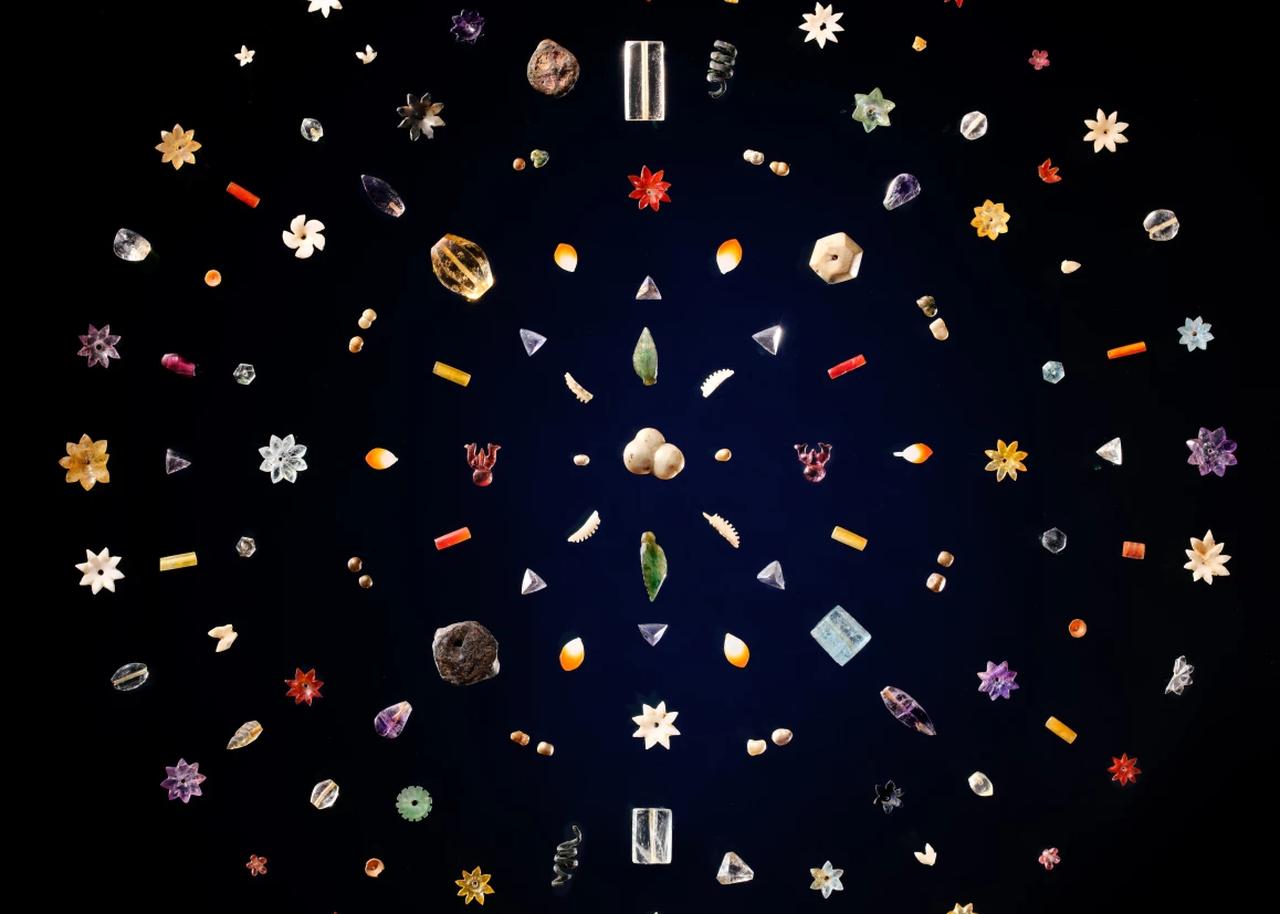
A 1,800-piece jewel collection linked to Buddha’s remains is heading to auction at Sotheby’s in Hong Kong, reigniting debates around cultural heritage, ownership, and colonial legacies. Discovered in 1898 during a British-led excavation in India, the sale has drawn fierce criticism from scholars and cultural advocates across Asia.
Hailed as one of the most extraordinary archaeological finds of modern times, the jewel collection was unearthed during the excavation of a stupa in Piprahwa, northern India. British colonial land manager William Claxton Peppe led the dig that revealed rubies, pearls, sapphires, topaz, and intricately crafted gold plaques, along with a pot inscribed with a claim that the enclosed bone fragments belonged to Buddha himself.
The discovery made global headlines at the time, positioning the relics as both spiritually significant and archaeologically rare.

For over a century, the jewels have remained largely unseen, held within a private English collection passed down through Peppe’s family. Chris Peppe, a descendant of the original discoverer, stated that the family considered donating the relics to temples or museums, but logistical and ethical concerns led them to opt for an auction instead.
"We believe this is the fairest and most transparent way to proceed," Peppe told the BBC. He emphasized that the jewels are not bodily relics, and that Buddhist communities he consulted do not view them as such—though some Buddhist scholars disagree.
Critics argue that placing the jewels on the auction block commodifies what may be sacred heritage. Scholars like Erin Thompson and Felicia Cheong warn that such actions risk reducing spiritual relics to colonial curiosities, erasing their cultural context.
The situation has been compared to the controversy surrounding the Koh-i-Noor diamond—another artifact acquired during the British colonial period and now held among the British Crown Jewels. For many in India, Koh-i-Noor symbolizes colonial plunder. The question now being asked is: Is Buddha’s treasure next?

Delhi-based art historian Kavita Singh Ahuja calls for urgent state intervention. "Such rare and sacred relics help define a nation’s cultural history," she said. "They should not be left to the discretion of private collectors or auction houses. They deserve exceptional state protection."